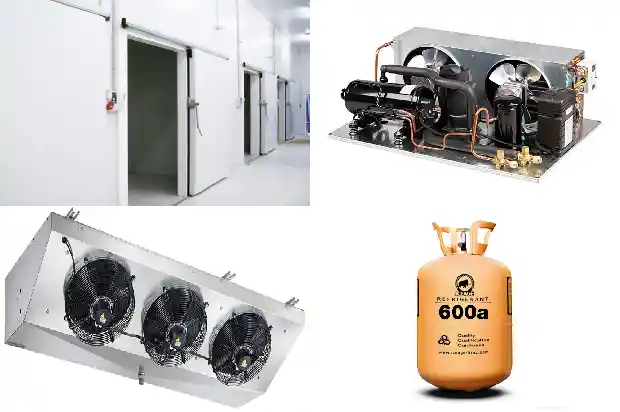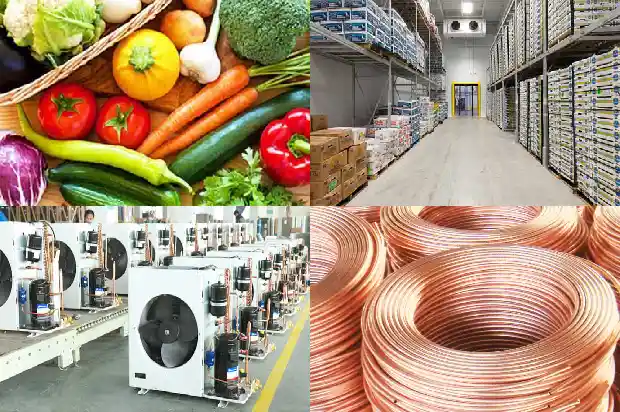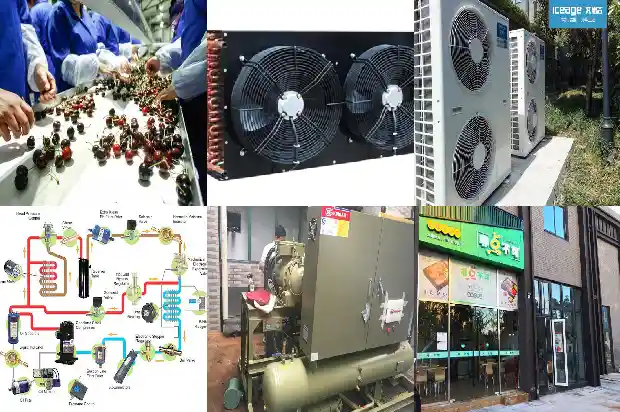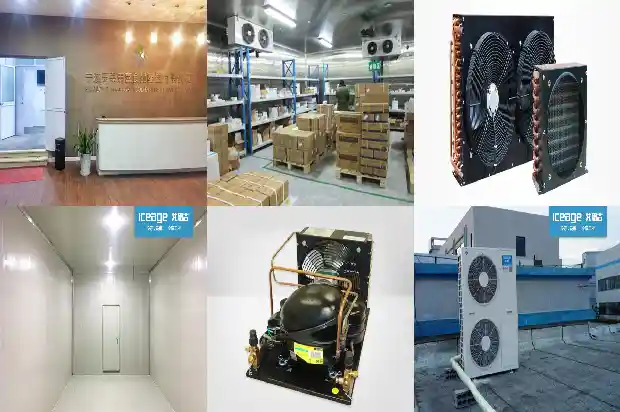Air - side Economizer
2025-02-20
In many buildings nowadays, even when the outdoor air temperature is moderate or very cool, many commercial buildings still need mechanical refrigeration to meet normal demands. The mechanical refrigeration load usually comes from the internal areas of commercial buildings. This is because the heat loss of the building envelope cannot offset the internal heat gains in the internal areas, such as heat dissipation from computers, lights, and people. The internal heat gain caused by solar radiation is also an important factor increasing the cooling load, especially when a large number of windows are arranged on the west and south sides of the building.
The air - side economizer can provide a perfect low - cost solution for this design requirement. The air - side economizer is a device with ducts and dampers equipped with an automatic control system.

Integrating this device into the HVAC system has a very obvious effect. ASHRAE Standard 90.1, one of the most widely used standards for building performance, includes air - side economizers in both prescriptive and performance - based approaches. In the Energy Cost Budget (ECB) method of ASHRAE Standard 90.1, air - side economizers are exempted only in climate zones 1a and 1b. This is because in these “very hot - humid” (CZ 1a) and “very hot - dry” (CZ 1b) climate zones, the relatively high outdoor air enthalpy throughout the year eliminates the advantages of using economizers. In the contiguous United States, some southern cities in Florida and Texas are exempt from using air - side economizers in their HVAC systems.

Figure 1. Creating fixed dry - bulb temperature and differential enthalpy economizers in ApacheHVAC
As an upper - limit shut - off, the air - side economizer must be carefully set.

To avoid excessive outdoor air under adverse weather conditions, the economizer uses upper - limit shut - off control. ASHRAE Standard 90.1 cites four control strategies:
- Fixed dry - bulb temperature
- Dry - bulb temperature difference
- Fixed dry - bulb temperature and fixed enthalpy difference
- Differential enthalpy and fixed dry - bulb temperature
Note: ASHRAE Standard 90.

In the ApacheHVAC application module of the IESVE software, it is very convenient to set up an air - side economizer with four upper - limit shut - off controls. Figure 2 shows the operating results of an economizer with “differential enthalpy and fixed dry - bulb temperature” (Option 4). The integrated economizer will intake excessive outdoor air (blue) when the following conditions are met:
- The outdoor dry - bulb temperature (green) is lower than 75°F.
- The outdoor air enthalpy (red) is lower than the return - air enthalpy (black).
When one or both of these conditions are not met, the economizer will continue to maintain the minimum amount of outdoor air required by the system (e.g., as per ASHRAE 62.1).
Figure 2. Hour - by - hour data in IESVE software describing the optimal economizer operation
All four economizer control strategies were simulated using a 15,000 - square - foot (≈1400 m²) office building model in Chicago (CZ 5a). The results show that compared with the system without an economizer, the “differential enthalpy and fixed dry - bulb temperature” (Option 4) control strategy is the best choice. It operates in economizer mode for 1900 hours, saving 18% of cooling energy.
In the HVAC prototype system of ApacheHVAC, economizers with different upper - limit shut - off controls have been pre - built on the air - side. Designers have the opportunity to analyze the operation of the economizer at hourly or quarter - hourly time steps. This provides more detailed results regarding the effectiveness of the economizer and optimizes the control strategy to maximize cooling energy savings.
Figure 3. Comparison of cooling energy savings and economizer operating time
Download the.asp file of the air - side economizer upper - limit shut - off strategy and place it in the software installation location (.../apps/Templates/HVAC/Library), and then you can open, view, and apply it in the software.
Figure 4. Four economizer control strategies
Related Articles
- Influence of Fin Spacing of Evaporator in Air Cooler on Frost Formation
- Winter Approaches: How to Solve the Low High - pressure Issue of Air - cooled Condensing Units?
- What Are the Common Causes of Cold Air Blower Noise?
- How to Troubleshoot and Repair High - pressure Protection of Air - cooled Units?
- What Exactly Are the Ten Typical Malfunctions of Air Conditioners?
- What Misconceptions Should Be Avoided in Low - temperature Refrigeration System Repairs
- Practical Knowledge on Freeze Protection of Air - conditioning Equipment
- Remember! 3 Steps to Calculate Central Air - conditioner Cooling Capacity
- How to Read the High - and Low - Pressure Gauges of Refrigeration Air - conditioners?
- Analysis of Seven Reasons for Ice Formation in Computer Room Air Conditioners
- Air - conditioner Low - pressure Alarm? These Nine Common Causes
- Selection of Bypass Control Valves for Air - conditioning Water Systems
- Common Faults and Solutions of Central Air - conditioning Chiller Units
- Could a Tiny Copper Tube Cause a Multi - split Air Conditioner to Stop Cooling? Refrigeration Workers Must Pay Attention!
- Maintenance Techniques for Air - conditioning Refrigeration Systems
- Considerations in Selecting Packaged Air Conditioners and Their Heat Recovery Operations
- Characteristics and Differences among Water System, Air System and Refrigerant System
- Eight Misconceptions in Refrigeration Equipment Repair
